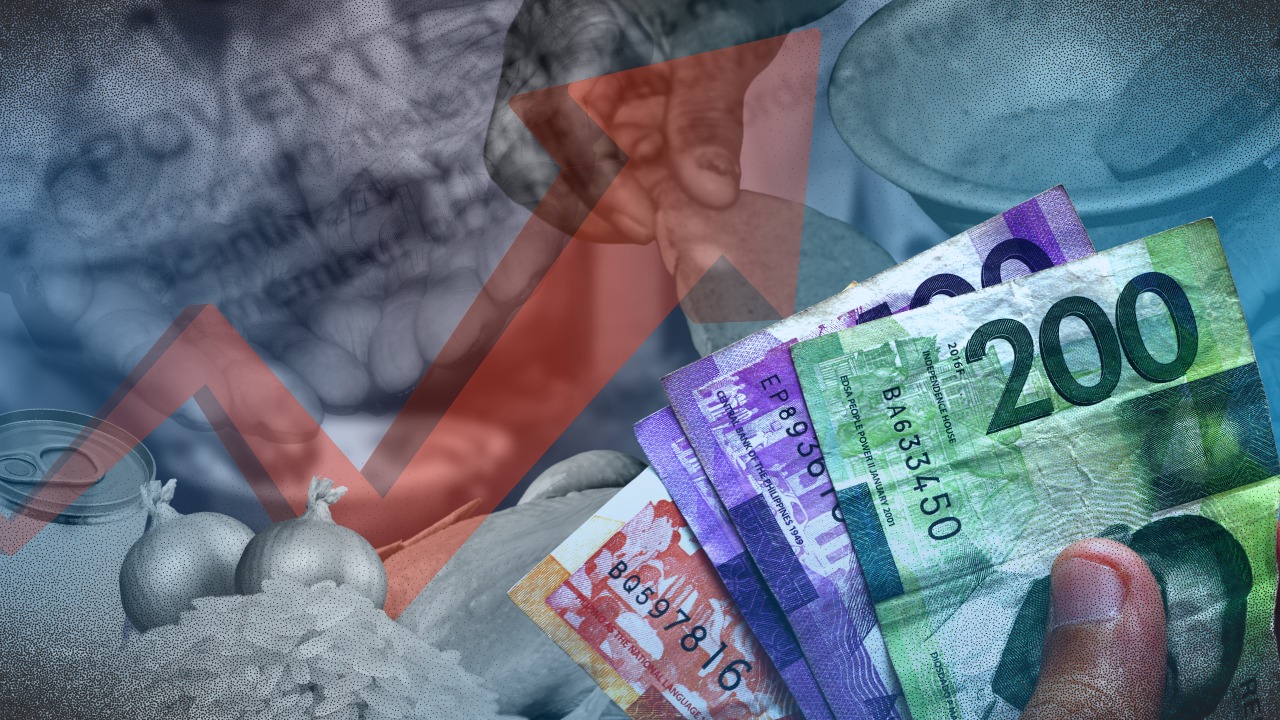Philippine Inflation Rates Expected to Rise Amid Global Oil Price Surge

MANILA, Philippines – Recent economic forecasts suggest that consumer prices in the Philippines are likely to have increased at a faster pace in June 2023. This anticipated rise is primarily attributed to a significant shock in oil prices triggered by escalating tensions in the Middle East, as well as rising costs for certain essential food items.
According to a poll conducted by the Inquirer, a group of 14 economists estimates that inflation, as gauged by the Consumer Price Index (CPI), may have climbed to 1.5 percent year-on-year. If this prediction holds true, the forthcoming report from the Philippine Statistics Authority, which is scheduled to be released on July 4, would indicate a noticeable acceleration from May's CPI of 1.3 percent, the lowest level recorded in nearly six years.
Despite the expected uptick, all surveyed economists agreed that inflation would remain below the Bangko Sentral ng Pilipinas (BSP) target range of 2 to 4 percent. They attributed the anticipated faster price growth mainly to the surging oil prices. Aris Dacanay, an economist from HSBC, remarked, “June inflation had a lot of moving parts—parts that moved in different directions. For instance, energy prices moved in opposite directions.” He anticipates that last month's CPI will settle at 1.5 percent.
Dacanay elaborated on the fluctuations in energy prices, stating that retail gasoline prices surged due to rising tensions between Iran and Israel. However, he noted that these prices slightly moderated toward the end of the month as tensions began to de-escalate. In contrast, electricity rates in Metro Manila saw a decrease, largely due to lower generation charges, which could help mitigate some inflationary pressures.
Interestingly, while oil prices may have contributed to the June CPI increase, analysts indicated that this impact was likely balanced out by overall low food prices. Reports suggest that rice prices may have continued their downward trend during June, although the cost of meat experienced an increase.
In a related economic context, the influx of affordable products from China has played a significant role in stabilizing the local CPI. Amid the ongoing trade tensions between the US and China, many Chinese goods are finding their way into alternative markets like the Philippines, thereby exerting a deflationary effect on consumer prices. Ruben Carlo Asuncion, Chief Economist at UnionBank of the Philippines, noted, “While global factors such as US tariff adjustments may exert upward pressure and the short-lived higher oil price effects, these are likely to be offset by China’s ongoing export of deflationary goods.”
Asuncion also projected that while rice deflation is expected to moderate, inflation rates for non-rice components, including food, housing, and services, are likely to rise in the latter half of the year.
In light of the manageable inflation rates, the Monetary Board recently made the decision to lower the policy rate, which serves as a benchmark for banks when setting loan prices, by a quarter point to 5.25 percent. This adjustment was widely anticipated and has brought the total reductions during the current easing cycle to 1.25 percentage points.
Analysts believe that the relatively low inflation experienced last month may support further easing of monetary policy. However, Alvin Arogo, an economist at the Philippine National Bank, cautioned that the low inflation rates seen in 2025 could create a challenging base for 2026. “This means that even a small reversal in the current disinflation momentum, such as from a sustained elevation in oil prices, can result in a temporary breach in the BSP’s target sometime next year,” Arogo said, while reinforcing his projection of a 1.5 percent inflation rate for June.




























